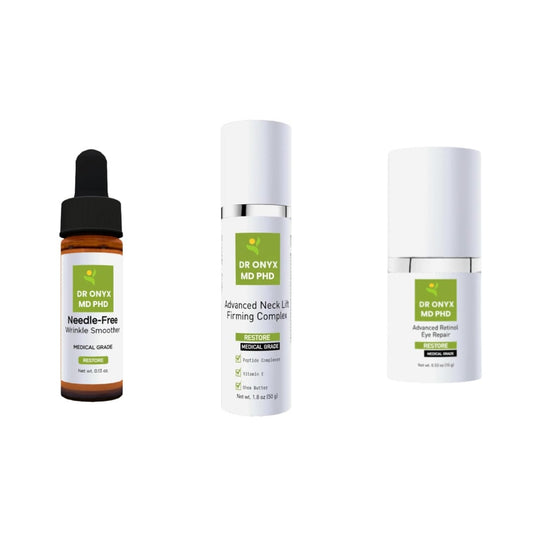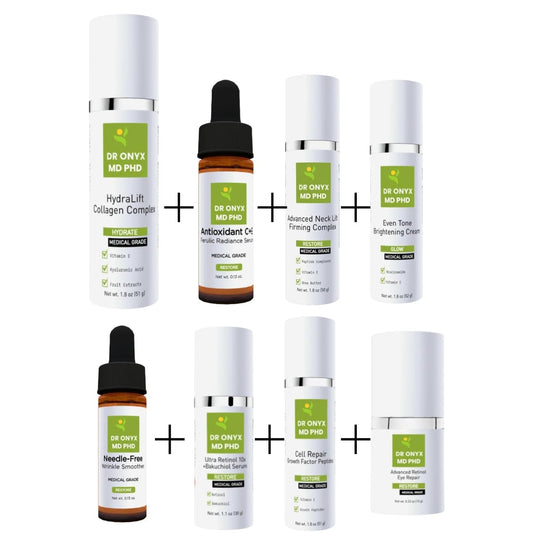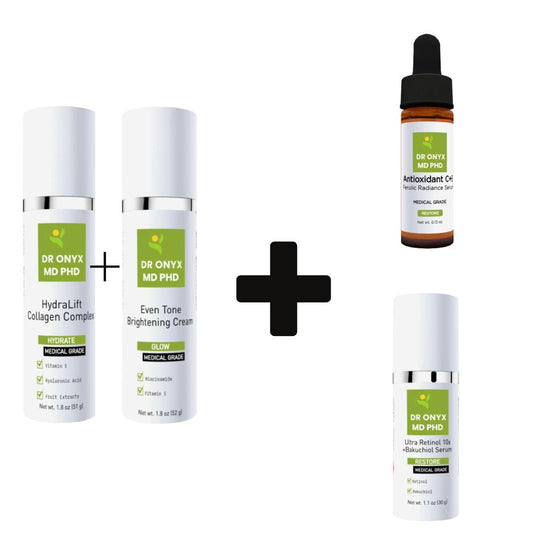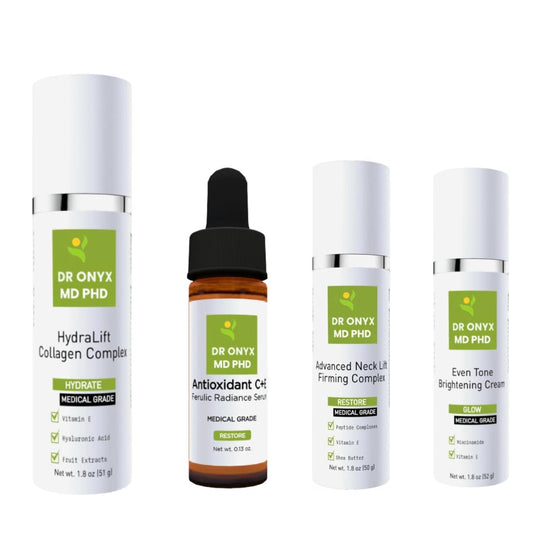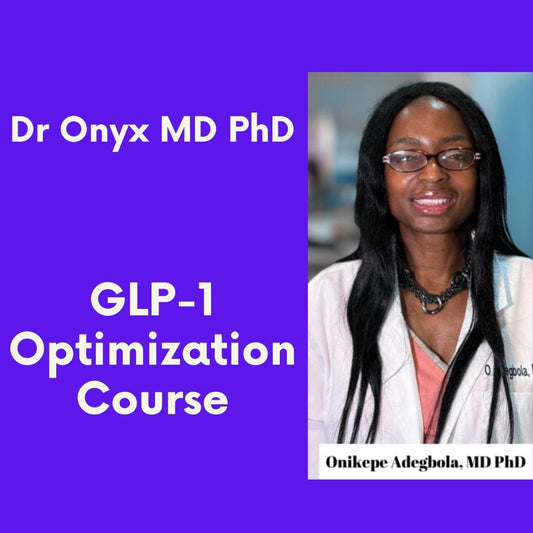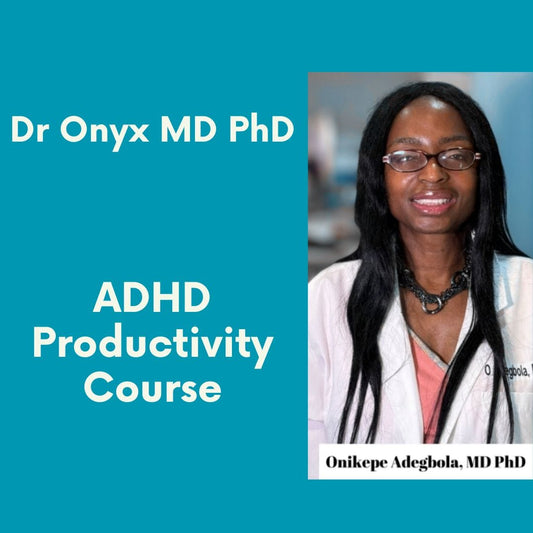What to Expect After Your First GLP-1 Injection: A Complete Guide
Starting a GLP-1 medication like Ozempic, Wegovy, or Mounjaro represents a significant step in your health journey. Whether you're using these medications for weight management or type 2 diabetes, understanding what to expect after your first injection can help you navigate the initial weeks with confidence. This comprehensive guide walks you through the timeline of effects, potential side effects, and practical tips to make your GLP-1 experience as smooth as possible.
The First 24 Hours After Injection
The hours immediately following your first GLP-1 injection are crucial as your body begins to process this new medication. Most people don't experience dramatic effects right away, but subtle changes may begin within this timeframe.
Injection Site Reactions
Some people notice mild redness, itching, or slight swelling at the injection site. These reactions are typically mild and resolve within a few hours. Applying a cold compress can help reduce any discomfort. If you notice severe redness, spreading warmth, or significant pain, contact your healthcare provider as these could indicate an allergic reaction.
Initial Digestive Changes
GLP-1 medications work partly by slowing gastric emptying, which means food stays in your stomach longer. Some people notice they feel fuller faster during their very first meal after injection. Others might experience subtle changes in appetite or mild nausea within the first day. These sensations are normal and indicate the medication is beginning to work.
Staying well-hydrated during this period is essential, as it can help minimize some of the initial digestive adjustments. Aim for at least 64 ounces of water throughout the day.
Energy Levels and Mood
During the first 24 hours, you might notice subtle shifts in your energy levels. Some people report feeling slightly more fatigued than usual as their body adjusts to the medication. This is completely normal and typically resolves within a few days as your system adapts. Others may not notice any energy changes at all. If you do experience fatigue, it's advisable to avoid scheduling demanding activities on your injection day until you understand how your body responds to the medication.
Blood Sugar Effects
For those taking GLP-1 medications for diabetes management, you may begin to see modest effects on your blood glucose readings within the first day. The medication works by stimulating insulin release when blood sugar levels are high, so the impact will be most noticeable after meals. It's recommended to monitor your blood sugar more frequently during these first 24 hours, especially if you're also taking other diabetes medications. Keep a log of your readings to share with your healthcare provider at your follow-up appointment. This information will be valuable in assessing how well the medication is working for your specific situation.
Days 2-7: The Adjustment Period
The first week represents an adjustment period as your body adapts to the medication. This is when many people begin to notice more pronounced effects, both beneficial and challenging.
Appetite Changes Become More Noticeable
By days 2-3, many patients report significant reductions in hunger and food cravings. You might notice you're thinking about food less often or feeling satisfied with smaller portions. Some describe this as a newfound ability to "forget to eat" – something that may have seemed impossible before.
This reduced appetite is a core mechanism of how GLP-1 medications help with weight management. However, it's still important to eat regular, nutritious meals even when you don't feel hungry to ensure you're getting essential nutrients.
Common Side Effects Emerge
The most common side effects typically appear during this first week. Nausea affects approximately 30% of patients and tends to be most noticeable in the morning or after eating fatty foods. Constipation, mild headaches, and fatigue are also commonly reported during this adjustment period.
Most side effects are mild to moderate and tend to improve as your body adjusts to the medication. Staying hydrated, eating smaller meals, and avoiding trigger foods (often fatty, spicy, or very sweet items) can help manage these symptoms.
Blood Sugar Effects
For those with type 2 diabetes, you may begin to notice improvements in blood glucose readings within the first week. If you're monitoring your blood sugar, keep detailed records to share with your healthcare provider. Some patients may need adjustments to other diabetes medications as GLP-1s take effect.
Weeks 2-4: Establishing a New Normal
As you move beyond the first week, your body continues to adapt to the medication. Many people find that side effects begin to subside while beneficial effects become more established.
Weight Changes Begin
For those using GLP-1s for weight management, the second week is often when the scale first reflects changes. Initial weight loss is often related to reduced food intake and may include some water weight. The average weight loss during the first month varies widely between individuals, but many patients report losing between 2-5 pounds, though some may lose more or less.
Remember that sustainable weight loss is gradual, and the medication works best when combined with healthy eating habits and regular physical activity. Your healthcare provider will monitor your progress and may adjust your dosage based on your response.
Digestive System Adaptation
Many patients report that digestive side effects like nausea and constipation begin to improve during weeks 2-4 as the body adjusts to the medication. However, some side effects may persist, especially if your dose is increased. Continuing to stay hydrated, incorporating fiber-rich foods, and maintaining physical activity can help manage these symptoms.
Some patients find that certain foods become less appealing or cause more digestive discomfort than others. This period is an excellent time to observe these patterns and adjust your diet accordingly.
Managing Side Effects Effectively
Side effects are a common concern for new GLP-1 users. While most are manageable and temporary, having strategies to address them can significantly improve your experience.
Nausea and Digestive Discomfort
Nausea is the most frequently reported side effect of GLP-1 medications. To minimize this discomfort, try eating smaller, more frequent meals rather than three large ones. Some patients find that avoiding fatty, spicy, or very sweet foods helps reduce nausea. Ginger tea, peppermint, and staying upright after eating can also provide relief.
If nausea becomes severe or leads to vomiting, contact your healthcare provider. They might recommend anti-nausea medications or adjusting your GLP-1 dosage temporarily.
Constipation Solutions
Constipation affects many GLP-1 users as the medication slows digestive processes. Increasing your water intake is the first line of defense – aim for at least 2-3 liters daily. Adding more fiber through vegetables, fruits, and whole grains can help, though introduce these gradually to avoid bloating.
Regular physical activity, even gentle walking, can stimulate bowel movements. If constipation persists despite these measures, speak with your healthcare provider about safe over-the-counter remedies like magnesium supplements or mild osmotic laxatives.
Fatigue and Headaches
Some patients experience fatigue or headaches, particularly during the first few weeks. These symptoms often relate to reduced caloric intake or dehydration. Ensure you're eating regular, nutritious meals even if your appetite is diminished. Staying well-hydrated and maintaining electrolyte balance can help address both issues.
If headaches are persistent, tracking potential triggers like certain foods, stress, or sleep patterns can help identify patterns. Over-the-counter pain relievers are generally safe for occasional use, but consult your healthcare provider if headaches are severe or frequent.
Optimizing Your GLP-1 Experience
Beyond managing side effects, certain strategies can enhance your overall experience with GLP-1 medications and potentially improve your results.
Nutrition Strategies
GLP-1 medications create a unique opportunity to reshape eating habits. Focus on nutrient-dense foods that provide essential vitamins and minerals even in smaller portions. Prioritize lean proteins, which help preserve muscle mass during weight loss. Many patients find that a higher protein intake (around 25-30% of calories) helps maintain energy levels and reduces hunger.
Consider working with a registered dietitian who has experience with GLP-1 medications. They can help create a personalized eating plan that works with your medication's effects while ensuring nutritional adequacy.
Physical Activity Considerations
Exercise complements the effects of GLP-1 medications, but you may need to adjust your approach, especially initially. Some patients notice reduced energy for intense workouts during the first few weeks. Start with gentle activities like walking, swimming, or yoga, and gradually increase intensity as your body adapts.
Strength training becomes particularly important during weight loss to preserve muscle mass. Even two 20-30 minute sessions per week can make a significant difference in maintaining metabolically active tissue.
When to Contact Your Healthcare Provider
While most experiences with GLP-1 medications are manageable at home, certain situations warrant medical attention. Understanding these warning signs can help you distinguish between normal adjustment reactions and more serious concerns.
Severe Side Effects
Contact your healthcare provider immediately if you experience severe or persistent vomiting, intense abdominal pain that doesn't resolve, signs of dehydration (extreme thirst, dizziness, dark urine), or allergic reactions (rash, swelling of face/throat, difficulty breathing). These symptoms, while rare, require prompt medical evaluation.
For diabetic patients, unusually low blood sugar (hypoglycemia) with symptoms like shakiness, confusion, or excessive sweating also warrants immediate attention and may indicate a need to adjust other diabetes medications.
Scheduled Follow-ups
Most providers schedule follow-up appointments 4-6 weeks after starting GLP-1 therapy. These visits are crucial for assessing your response to the medication, monitoring for any concerning side effects, and potentially adjusting your dosage. Come prepared with notes about your experience, including any side effects, changes in appetite or eating patterns, and questions you may have.
Between appointments, keep track of your weight, any side effects, and how you're feeling overall. This information helps your healthcare team personalize your treatment plan and address any concerns promptly.
The Long-Term Perspective
As you navigate the initial weeks of GLP-1 therapy, keeping the bigger picture in mind can help maintain motivation and realistic expectations.
Timeline for Full Effects
While some effects begin within days, GLP-1 medications typically take 4-8 weeks to reach their full therapeutic effect at any given dose. Additionally, many treatment protocols involve gradually increasing the dose over several months. This means the full benefits—and your body's complete adaptation—may take several months to achieve.
Patience during this process is essential. The gradual approach helps minimize side effects while allowing your body to adjust to the medication's effects on appetite, digestion, and metabolism.
Remember that GLP-1 therapy is typically considered a long-term treatment approach. The journey you're beginning is a marathon, not a sprint, with sustainable health improvements as the ultimate goal.




